In 79 AD, the Vesuvius volcano near Naples erupted from an eight-century slumber. The eruption buried several Roman cities under ash and lava. The most important and populous was Pompei. Pompei was a rich trading city located at the foot of Vesuvius.
The city was fought over by Etruscans, Romans, Greeks and Samnites but eventually wound up in the hands of Rome by the end of the 2nd Century BC and began rapidly expanding, a factor that favored additional commercial growth. The beautiful countryside and temperate weather made Pompei a favorite vacation spot for Rome’s aristocracy. Villas worthy of Rome were built. The Romans also constructed public works, thermal baths, two theaters and an amphitheater.
In less than a century, Pompei had become one of the most opulent cities of its time. But in 62 AD an earthquake severely damaged the area. This was a presaging of the eruption to come, but no one recognized it. Enthusiastic contractors rebuilt the damaged buildings even more luxuriously than before. Some buildings were still under construction when Vesuvius began erupting. On August 24, 79 AD a series of seismic shocks rolled through the area. Though the damage was minor, inhabitants fled. At about 1 p.m., Vesuvius began belching columns of gas and pieces of incandescent magma. Stones and ash drifted downward. But the volcano went quiet that night and many Pompei residents returned home, assuming the worst was over. The second, more violent eruption took them by surprise the next morning. This time, the column rose up 15 kilometers into the sky. Pliny the Younger, in a boat along the coast when the volcano erupted, described the sight as like a pine tree that “shot up to a great height in the form of a very tall trunk, which spread itself out at the top in an umbrella of branches.” As it descended to earth, the cloud had a diameter estimated at 140-kilometers wide.
Many residents died of smoke inhalation. Others were trapped at home by the lava. Still others were crushed to death when the roofs of their houses collapsed under a hail of molten stones. The lava literally crystallized some of the city’s inhabitants at the moment catastrophe stuck. Pompei, at the height of its splendor, was buried. Pompei remained underground and forgotten until 1748, when the first digs began. Today it is among the most visited archeological sights in the world.
The city was fought over by Etruscans, Romans, Greeks and Samnites but eventually wound up in the hands of Rome by the end of the 2nd Century BC and began rapidly expanding, a factor that favored additional commercial growth. The beautiful countryside and temperate weather made Pompei a favorite vacation spot for Rome’s aristocracy. Villas worthy of Rome were built. The Romans also constructed public works, thermal baths, two theaters and an amphitheater.
In less than a century, Pompei had become one of the most opulent cities of its time. But in 62 AD an earthquake severely damaged the area. This was a presaging of the eruption to come, but no one recognized it. Enthusiastic contractors rebuilt the damaged buildings even more luxuriously than before. Some buildings were still under construction when Vesuvius began erupting. On August 24, 79 AD a series of seismic shocks rolled through the area. Though the damage was minor, inhabitants fled. At about 1 p.m., Vesuvius began belching columns of gas and pieces of incandescent magma. Stones and ash drifted downward. But the volcano went quiet that night and many Pompei residents returned home, assuming the worst was over. The second, more violent eruption took them by surprise the next morning. This time, the column rose up 15 kilometers into the sky. Pliny the Younger, in a boat along the coast when the volcano erupted, described the sight as like a pine tree that “shot up to a great height in the form of a very tall trunk, which spread itself out at the top in an umbrella of branches.” As it descended to earth, the cloud had a diameter estimated at 140-kilometers wide.
Many residents died of smoke inhalation. Others were trapped at home by the lava. Still others were crushed to death when the roofs of their houses collapsed under a hail of molten stones. The lava literally crystallized some of the city’s inhabitants at the moment catastrophe stuck. Pompei, at the height of its splendor, was buried. Pompei remained underground and forgotten until 1748, when the first digs began. Today it is among the most visited archeological sights in the world.
RELATED


THE FIRST INTIFADA


THE KOSOVO WAR
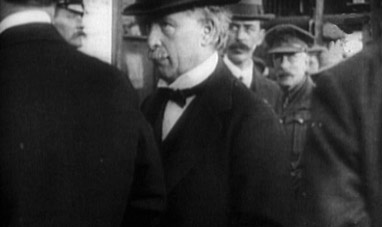

TREATY OF VERSAILLES
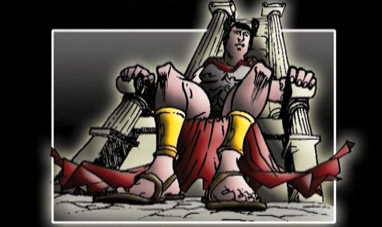

THE EDICT OF MILAN
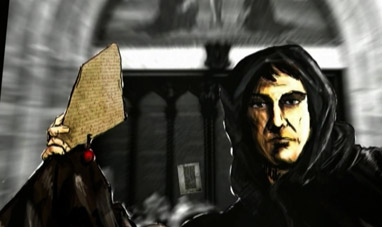

THE PROTESTANT REFORMATION


SECOND ITALIAN WAR OF INDEPENDENCE


FIRST ITALIAN WAR OF INDEPENDENCE
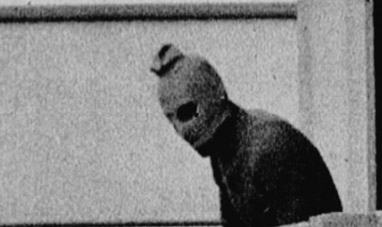

THE MUNICH MASSACRE
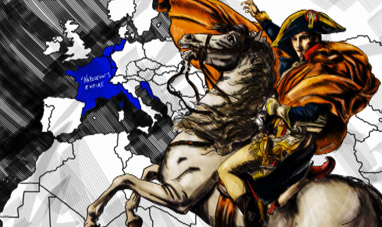

THE BATTLE OF AUSTERLITZ


THE MARCH ON TIANANMEN


THE PRAGUE SPRING


THE ABU GHRAIB SCANDAL
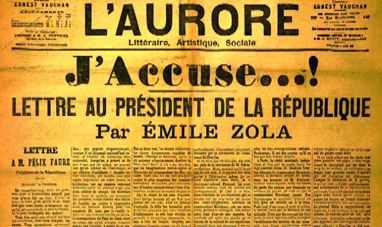

THE DREYFUS AFFAIR
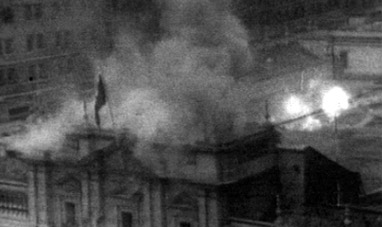

THE 1973 CHILEAN COUP


TANGENTOPOLI


THE CONGRESS OF VIENNA


WORLD WAR I
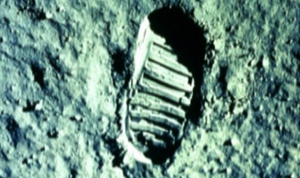

THE FIRST MOON LANDING


THIRD ITALIAN WAR OF INDEPENDENCE


THE RAPE OF THE SABINE WOMEN


THE CUBAN MISSILE CRISIS
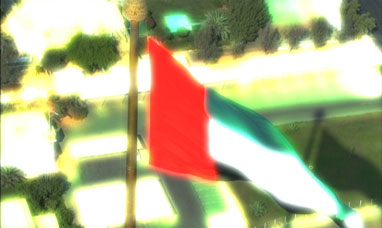

FOUNDING OF UNITED ARAB EMIRATES
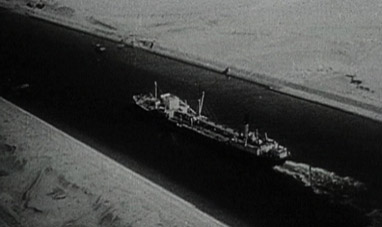

THE SUEZ CRISIS


WORLD WAR II


SEPTEMBER 11, 2001
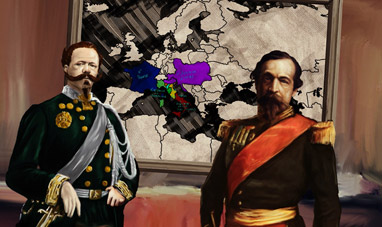

PLOMBIÈRES AGREEMENTS


NATO (NORTH ATLANTIC TREATY ORGANIZATION)


THE HUNGARIAN REVOLUTION OF 1956


I MOTI DEL '48


THE RUSSIAN CAMPAIGN


FOUNDING THE EUROPEAN COMMUNITY


ASIAN TSUNAMI 2004


DISCOVERY OF AMERICA, THE


THE ADVENT OF NAZISM


FIVE DAYS OF MILAN


APARTHEID
